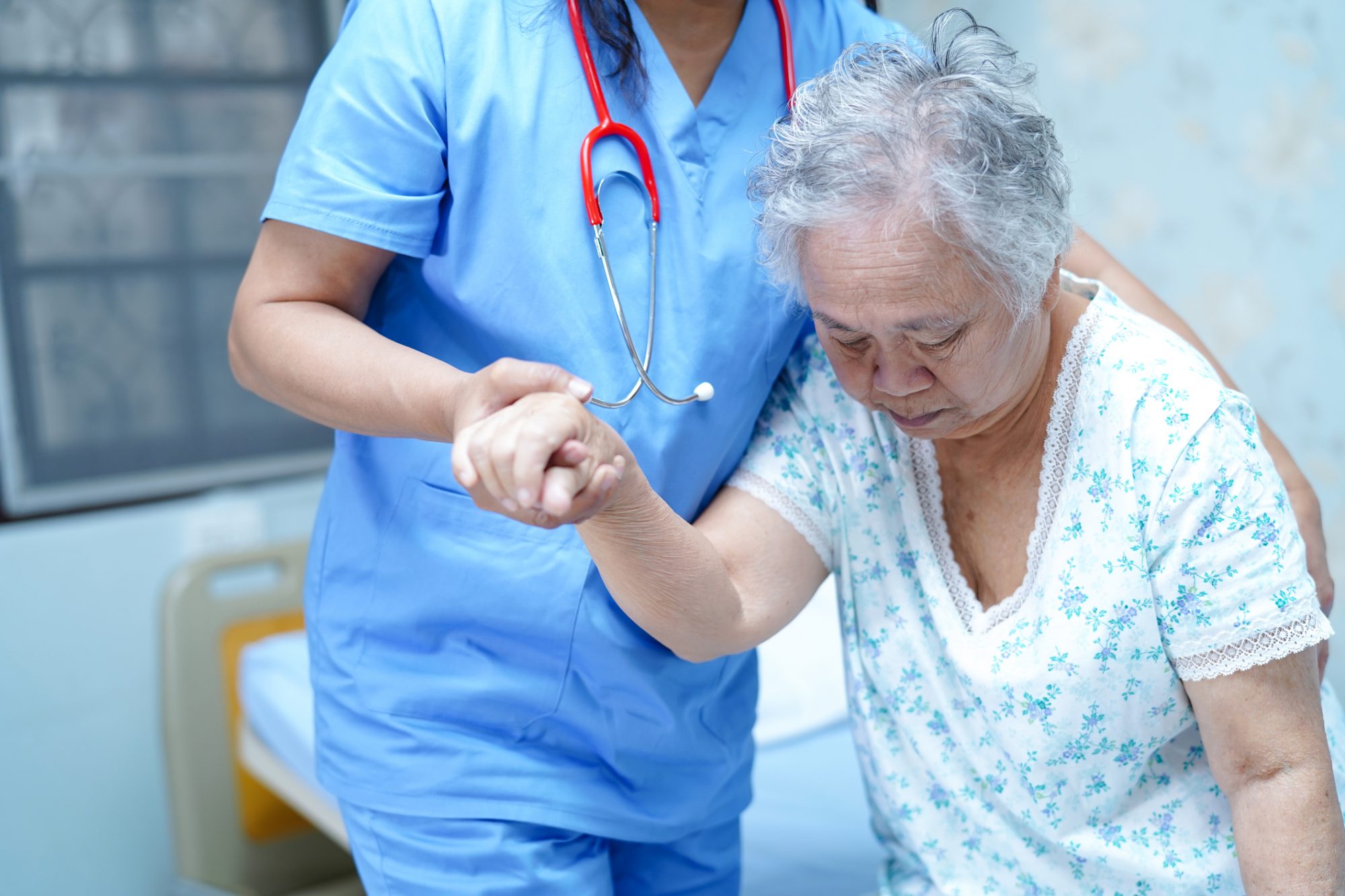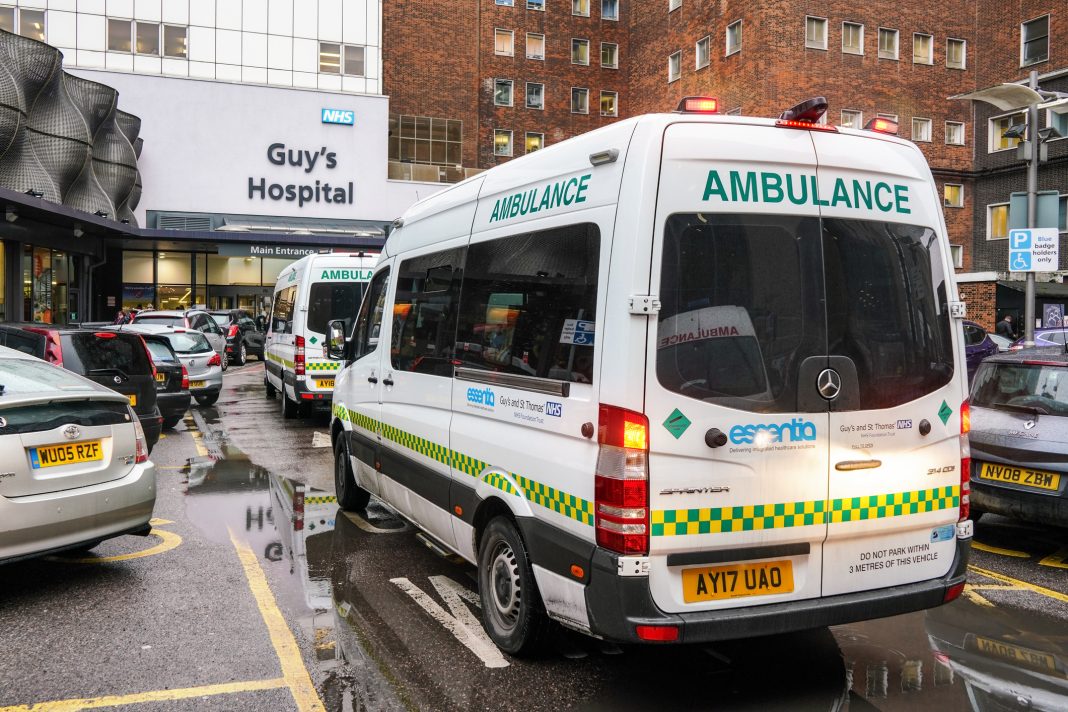The government are drafting an ‘Urgent and Emergency Care Plan’ to combat the long NHS waiting times and its impact on patients – with the use of technology
NHS waiting times are rising, driven by a number of factors, such as the COVID-19 pandemic, staff layoffs, minimal pay rises and worker strikes.
This has directly impacted Britain’s ageing population, who have increasingly complex needs, leaving them with a lack of urgent care when they need hospitalisation.
To tackle this, the government’s new Urgent and Emergency Care Plan will be reforming the way the NHS provides services to adapt to the population’s changing needs, including by expanding care outside of the hospital – using virtual wards and technology to monitor patients.
Optimistically, under this plan, thousands of elderly and vulnerable people will receive tailored support at home each month as part of a new NHS plan to curb unnecessary trips to the hospital.
High-tech ‘virtual wards’ for home care
In recognition of the pressures facing A&E, urgent community response teams will be made up to deliver patient care at home within two hours. This could help at-risk patients receive faster treatment and improve ambulance response times.
Community services, including falls and frailty teams, will be scaled up, with up to 50,000 people a month supported by clinicians at home in high-tech ‘virtual wards’ – remotely monitoring patients by connecting hospital expertise with emergency services and technology.
Up to 50,000 people a month to be supported by clinicians at home in high-tech ‘virtual wards’
Falls and frailty teams mainly consist of nurses. However, this plan will build on learnings from this winter and long NHS waiting times by supporting vulnerable patients at home via high-tech virtual wards. Patients are reviewed daily by the clinical team who may visit them at home or use video technology to monitor and check how they are recovering.
This can help elderly communities live independently for longer, with up to 20% of emergency hospital admissions avoidable with the right care in place.
20% of emergency hospital admissions could be avoidable
These virtual wards see patients heal at home rather than in the hospital and have increased the number of patients that can be cared for in this way by 7,000, a 50% increase since last summer.
Another 3,000 ‘hospital at home’ beds will be created before next winter and the plan will include an ambition to see up to 50,000 people supported a month.
The virtual wards currently support frail elderly patients or those with acute respiratory infections and cardiac conditions.

How will these services operate with increased waiting times?
Urgent community response teams will be scaled up to increase the number of referrals and patients seen by a range of health and social care professionals within two hours, with services running 12 hours a day.
According to the latest data, across the country, over 80% of patients referred were seen within two hours.
These teams work with 111 and 999 services to provide urgent care to people in their homes, avoiding the need for hospital admissions and enabling people to live independently for longer, backed by a planned £77 million investment to support systems to continue to improve community health services in 2023-24.
This approach has seen a 16% reduction in the number of patients aged over 75 being taken to hospital in an ambulance
As part of this, ambulance crews who are with the patient at their home can arrange a remote consultation with input from a consultant to agree the best course of action – from monitoring on a virtual ward to a face-to-face assessment.
This approach has seen a 16% reduction in the number of patients aged over 75 being taken to hospital in an ambulance, enabling frail older adults to recover at home where that is best for them.











